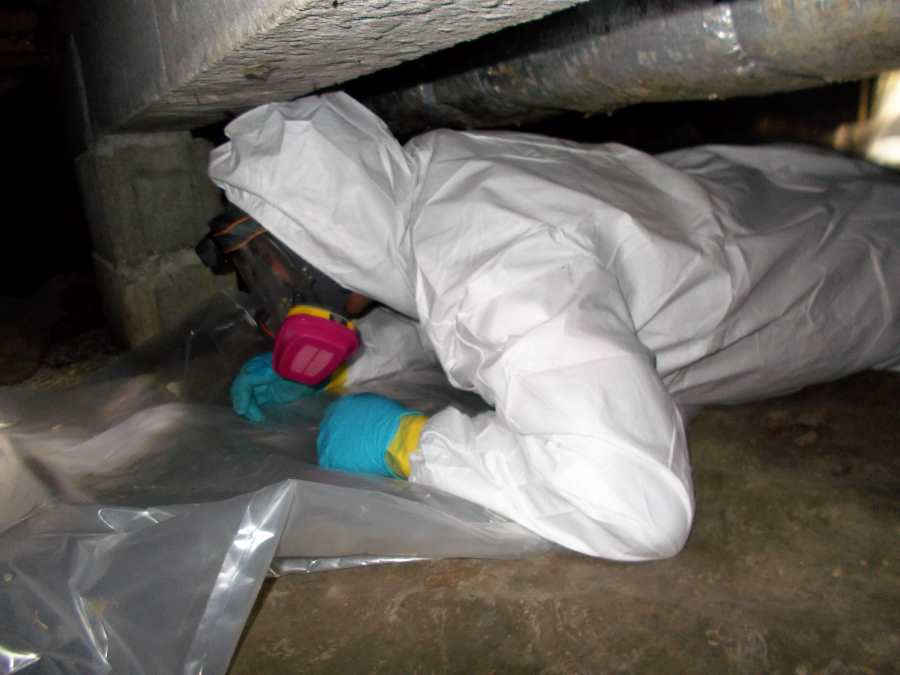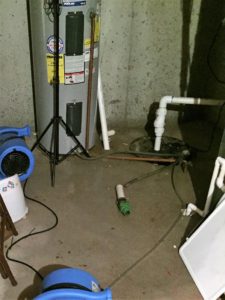Hey Indianapolis homeowners! When it comes to your home, there’s nothing more crucial than maintaining a clean and healthy environment. That’s why when sewage disasters strike, speed is of the essence. Sewage issues can quickly escalate, turning from a minor nuisance into a major health and safety hazard. You’ve got to jump on the problem pronto, and we’re here to make sure you have the information you need. We’re zeroing in on the Circle City to connect you with top-tier sewage cleanup services near you. Stay tuned as we delve into everything from the risks of procrastination to practical tips for selecting the best cleanup crew for your Indianapolis home. Let’s clear the mess and reclaim your peace of mind!
Understanding Sewage Contamination
When it comes to sewage spills, understanding the potential dangers is key. There’s more to it than just the icky factor; sewage contamination is categorized based on the level of risk it poses to health and the environment. Here’s what you need to know to stay safe.
Types of Sewage Contamination
Black water is the term used for sewage that has come into contact with human waste. It’s the most hazardous form of sewage contamination and can come from overflowing toilets, sewer backups, or floodwaters. But that’s not the only type you might encounter. Other types include greywater, from sinks and showers, and clear water, typically from broken pipes or rainwater infiltration. Each poses its own risks and requires specific precautions for safe handling and disposal.
Health Risks Associated with Sewage Exposure
Contact with sewage can be more than just unpleasant—it can be harmful to your health. Exposure to pathogens, bacteria, and viruses in contaminated water can lead to serious illnesses like hepatitis, dermatitis, stomach infections, and more. It’s not something to take lightly, and that’s why tackling a sewage spill yourself can do more harm than good.
The Importance of Professional Cleanup
With the stakes so high, professional sewage cleanup services are not just a convenience—they’re a necessity. These pros have the training, equipment, and protective gear needed to handle sewage spills safely and effectively. They’ll make sure that the area is not just visually clean, but sanitized and safe for your family and pets. Skimping on proper cleanup could leave harmful organisms behind, so when it comes to sewage cleanup, always go with the pros.
Finding Reliable Sewage Cleanup Services in Indianapolis
When you’re dealing with the aftermath of a sewage spill, discovering trustworthy cleanup services is crucial for the safety and restoration of your Indianapolis home. It’s about knowing where to look and what to look for.
Researching Reputable Sewage Cleanup Companies
Start your journey online by searching for “sewage cleanup services near me” and make a list of the local companies that pop up. Dive into their websites, taking note of their expertise and the services they offer. Don’t forget to peek at social platforms and forums where community members might share their experiences.
Choosing a Company with Experienced Personnel and Proper Equipment
The right team can make all the difference. Experience matters when dealing with complex sewage problems. A company equipped with not only the knowledge but also the latest technology assures a thorough and efficient cleanup of your space.
Tips for Selecting the Right Sewage Cleanup Company
- Look for certifications and training that indicate industry-standard practices.
- Sift through customer reviews for genuine feedback on their experiences.
- Ensure they offer a comprehensive service list that aligns with your needs, from initial assessment to full restoration.
- Check if they are transparent about the process and willing to communicate effectively.
- Ask about their response time. In crises like sewage spills, time is of the essence.
By keeping these pointers in mind, you can be confident in finding a service provider that’ll help flip the script from disaster to relief, ensuring your Indianapolis home gets back to normal as swiftly and safely as possible.
Ensuring a Safe and Clean Home
Sewage cleanup services near me – that’s a search term you never want to use, but when you do, it’s crucial to understand what you’re up against. We’ve covered the ins and outs of sewage contamination, from the immediate steps to take post-spill to the complexities of professional cleanup. We’ve even touched on preventive measures and the importance of environmental considerations.
Let’s not mince words: dealing with sewage is risky business. It’s not just about unpleasant odors; it’s about ensuring the health and safety of your family. The pathogens and toxins lurking within can spell serious trouble if not handled correctly. That’s why turning to professionals with the know-how, equipment, and experience is more than just a convenience; it’s a necessity.
For the homeowners of Indianapolis, this is more than just advice; it’s a call to vigilance. At the first sign of sewage trouble, swift action is imperative. Professional sewage cleanup services not only restore your home to its former glory but also protect your peace of mind. So, remember what we’ve covered and keep it locked in for when it matters most.
- Remember the risks associated with sewage spills.
- Understand the immediate steps to take after a sewage spill.
- Recognize the value of a thorough, professional cleanup process.
- Be proactive in preventing future sewage issues.
- Keep in mind the cost factors and environmental impacts of sewage spills.
Take heart, Indianapolis residents, you’re now equipped with the knowledge to handle these messy situations. Here’s to keeping our homes — and our city — clean, safe, and healthy.
Act Now: Secure Prompt Sewage Cleanup Services
Confronting a sewage catastrophe can be overwhelming, but taking prompt action can make all the difference. Don’t wait until it’s too late; safeguard your home and health by having the contact information of reliable local sewage cleanup services at your fingertips.
For the residents of Indianapolis, finding a trustworthy partner in sewage disaster prevention and management is vital. That’s where our professional restoration services come into play. We’re not just any cleanup crew; we’re your neighbors, ready to provide emergency sewage spill help in Indianapolis whenever you need us.
- Need to tackle a sewage problem urgently? We’re here for you round-the-clock.
- Looking to prevent future sewage mishaps? Let’s schedule a thorough inspection and consultation.
- Just want to be prepared? Save our number now for a swift, expert response.
Connect with us today and take a significant step towards protecting your property. Click the button below or call us directly – our friendly team is here to assist with all your sewage cleanup services near me needs.
Don’t let sewage problems take over your home. Get in touch now, and let’s keep your living space safe and serene.


